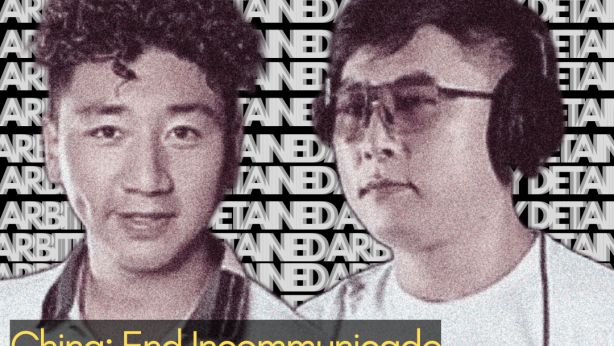2011 Annual Report: Human Rights Situation in Tibet
The series of self-immolation protests involving Tibetan monks, nuns, and lay people did not occur in a vacuum. Ever since the 2008 unrest in Tibet, the Chinese government’s control of Tibetan life has become significantly restricted. The self-immolations are symptomatic of the greater plight that Tibetans find themselves in throughout the Tibetan plateau.
These are some of the conclusions drawn in the 2011 Annual Report on Human Rights Situation in Tibet released by the Tibetan Centre for Human Rights and Democracy (TCHRD) here today.
Despite the increasing frequency of self-immolations, the Chinese government refuses to admit any responsibility and has instead
increased the level of oppression in Tibet, all the while continuing to violate its international human rights obligations, states the
report.
The report warns that unless the Chinese authorities ease the restrictions placed on the Tibetan people, and engage in sincere
dialogue aimed at addressing their grievances, there are serious concerns that self-immolation will remain the only avenue for Tibetans to voice their desperation and frustration.
As the report points out, while the cost of exercising one’s rights in Tibet may be great, it is increasingly apparent that the cost of
remaining under the rule of Beijing can be far greater.
“The 17 self-immolation protests and deaths in Tibet, including the 2009 self-immolation by Tibetan monk Tapey, pose important questions on the nature of Chinese rule in Tibet,” says the executive director of TCHRD, Ms Tsering Tsomo. “The sooner Chinese government realize this, the better: When the people you rule chose death, you know you have some serious housecleaning to do before you continue with your global soft power charm offensive.”
As the Chinese government continues to perpetrate significant abuses of Tibetan rights and freedoms, there is a corresponding resistance among the Tibetan people as evidenced by relentless protests and self-immolations. The government in Beijing has missed many opportunities to listen to Tibetan concerns and acknowledge its responsibility in fuelling the fiery protests. Self-immolation as a form of public protest has now spread to Tibet Autonomous Region and Qinghai Province because the Chinese authorities reacted with force and violence to suppress the Tibetan voice.
The Chinese government must realize that naked force and police power will only prolong this vicious cycle of repression and resistance, benefitting no one, least of all in achieving Beijing’s hallowed goals of harmony and stability.
The report also sheds light on the state of religious freedom, the ever-widening net of state censorship, education and language rights, torture of detainees and political prisoners, enforced disappearances, flawed development model, environmental destruction, and the consistent violation of civil and political rights of the Tibetan people.
TCHRD estimates that currently, there are over 830 known political prisoners in Tibet, out of which 403 are known to be legally convicted by courts. In 2011 alone, (as of 15 December) 230 known Tibetans have been arrested and detained.
The 2011 Annual Report is available in both English and Tibetan language and can be downloaded free-of-cost soon on TCHRD website.


